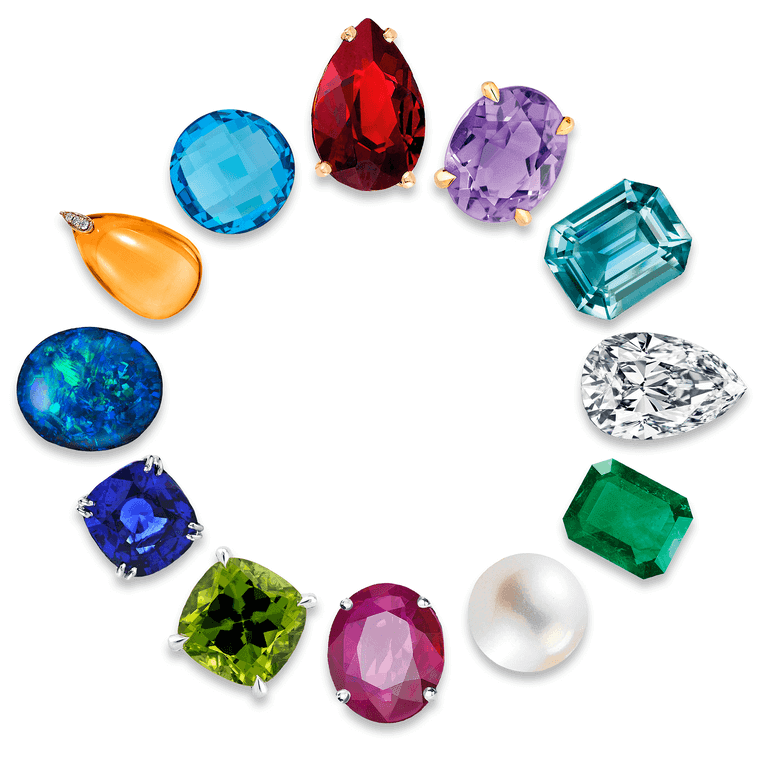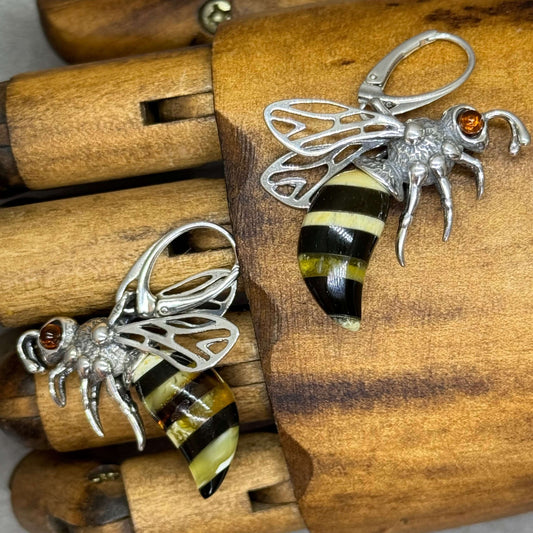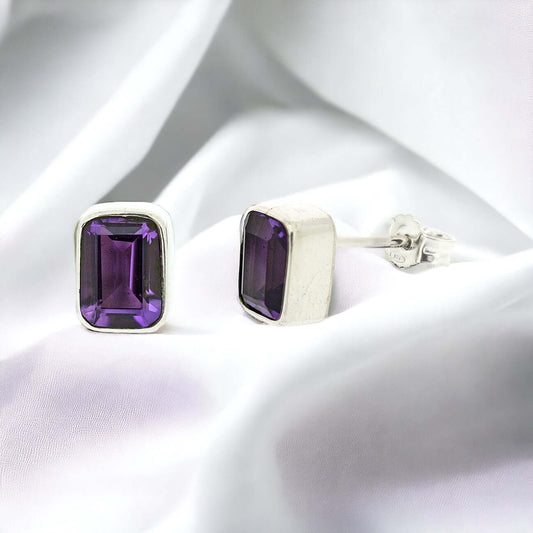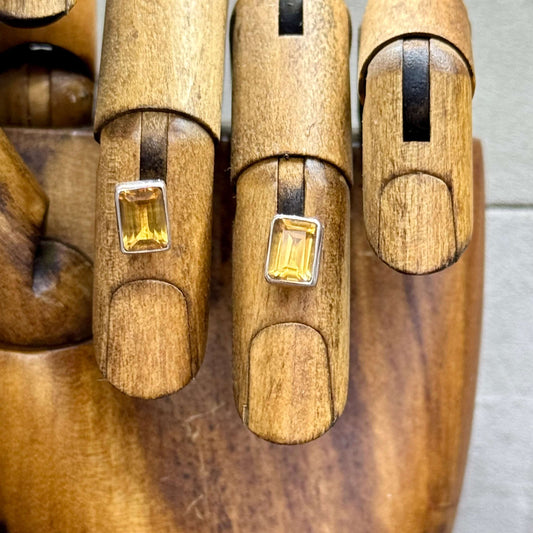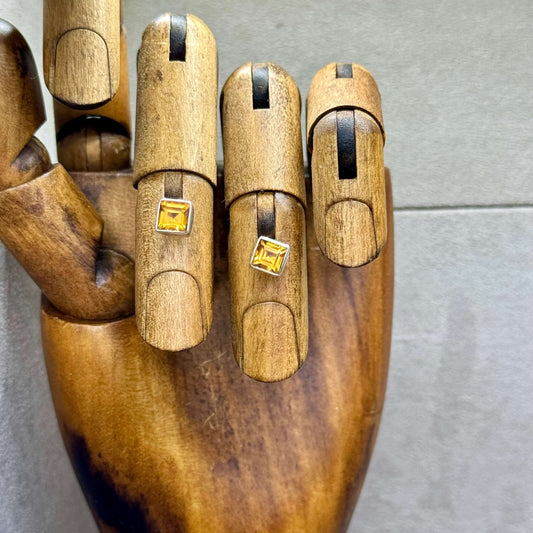Updated 27/1/23
The tradition of wearing birthstones has developed over many centuries and in many parts of the world.
Throughout history, people have attributed healing, magical, spiritual, or protective properties to gemstones. Amethysts, for example, open psychic abilities while garnets are thought to bring prosperity and luck. Birthstones, gemstones that correspond to the birth date of the wearer, have historically been thought to bring good luck, as well as to have healing or mystical energies.
Different traditions and cultures vary in the way they designate birthstones. You can choose your birthstone according to your Zodiac sign, birth month, Tibetan mystical tradition, or according to the modern standard list developed by the National Association of Jewelers in 1912. You can even select your birthstone according to the day of the week on which you were born.
Birthstone lore traces the origin of birthstone traditions to the bejewelled breast plate of Aaron, the Old Testament high priest and brother of Moses. Tibetan traditions link birthstones to the twelve astrological signs. Ayurvedic traditions, which originate from Indian medicinal practices, contain nine birthstones rather than twelve. These nine stones are associated with the nine planets of the solar system.
Our modern practice of wearing birthstones as good luck talismans developed in Poland in the 15th and 16th centuries but people in that era did not wear their own birth month stone exclusively as we do now. They believed each month had a lucky stone, so they changed the stones they wore accordingly to perpetuate their good fortune.
Today, wearing the birthstone associated with either your birth month or Zodiac sign is the prevalent custom, but some people choose their birthstones according to the day of the week on which they were born.
Birth stones by month
January - Garnet
Although garnet is commonly associated with the color red, these gemstones can be found in almost any colour and are popular choices for jewellery of all types. That's excellent news if you're in the market for the January birthstone. The garnet family is one of the most complex in the gem world. It's not a single species but rather consists of several species and varieties.
Symbolism:
Some believe that garnets are a protective stone, shielding the wearer from injury. This made them particularly popular amongst warriors and royalty. Occasionally associated with life-giving blood, red-variety garnets are also connected to vitality, love, and light.
Colour:
depending on the type of garnet, you can choose from red, purplish, green, yellow, and orange options. It is not uncommon to find large garnet crystals with vibrant hues and clear transparency.
February - Amethyst

Amethyst is crystalline quartz in colors ranging from pale lilac to deep reddish purple. It has a relatively high hardness of 7, which means it's very scratch resistant. The February birthstone makes a fine gem for any kind of jewelry.
Symbolism:
As the color purple has long been connected with royalty, amethysts were favored by the ruling class. Over time, amethysts have also come to be associated with spirituality, mental clarity, and healing.
Colour:
specifically a purple variety of quartz whose saturation may range from pale to vibrant. Generally speaking, vivid stones are more highly sought-after and valuable than paler
March - Aquamarine
Named after the color of seawater, aquamarine is the blue to blue-green member of the beryl family. Readily available and moderately priced, the March birthstone makes an excellent jewelry stone.
Symbolism:
The name "aquamarine" comes from the Latin for "seawater", and the stones were thought to protect seafarers. Some associate aquamarines with marital happiness and superior intellect.
Colour:
these stones can be found in both blue and blue/green hues. Aquamarine stones will always have light color saturation and tone so you will not see any dark blues
April - Diamond
Diamond is the most popular ring stone choice in the world. These gems are prized for their classic beauty and clarity, and diamond jewellery has become a status symbol.
Symbolism:
Due to their extreme hardness, overall durability, and undeniable beauty, diamonds are associated with strength and eternal love. It is no wonder that they are commonly used in both engagement and wedding ring designs.
Colour:
while the vast majority of diamonds are colorless, they may express a full rainbow of fancy colors. From rare reds to deep blues to warm yellows, there is a fancy colored diamond for all preferences and occasions.
May - Emerald
Emerald has been synonymous with the colour green since ancient times. A fine emerald is a truly breathtaking sight, and this member of the beryl family deserves its placement among the traditional "Big Four" gems, along with diamond, ruby, and sapphire.
Symbolism:
legend has it that wearing emeralds will imbue the wearer with heightened intelligence and allow them to think objectively. Others use the stone to promote healing. It has even been claimed that emeralds allow the wearer to predict the future.
Colour:
the best emeralds express an even, deep green. Some may have blue undertones. Emeralds are known to commonly include eye-visible inclusions. Generally speaking, the fewer the inclusions, the higher the value of the stone.
June - Pearl
Also Alexandrite
Pearls are the only gems found within living creatures, both salt and freshwater mollusks. However, most pearls on the market today are cultivated or cultured, since they now occur extremely rarely in nature. While pearls require special care, they have an enduring appeal for jewellery, particularly as the traditional June birthstone.
Symbolism:
The finest pearls display unblemished surfaces with even coloring. Thus, there is a natural association with qualities like honesty, purity, and wisdom. Some cultures associate pearls with the divine, believing that pearls were tears shed from heaven, while others placed pearls in the graves of their loved ones. Ancient Chinese lore claims that pearls represent wisdom and power and are carried by dragons.
Colour:
while most still think of pearls as white, they are now available in a range of colors including black, green, gold, silver, and various pastels depending on where they were farmed.
July - Ruby
One of the most popular traditional jewellery stones, ruby is exceptionally durable. Its colours — always red — can reach vivid levels of saturation. Fine-quality rubies are some of the most expensive gemstones, with record prices over $1,000,000 per carat.
Symbolism:
Rubies have long been connected with physicality and strength. Favored by warriors, rubies were thought to be intimately connected with the human body. They were credited with increasing the strength and stamina of the wearer. Rubies were also thought to calm anger and help the wearer navigate passionate social situations.
Colour:
Rubies are a radiant red gemstone. Technically, rubies and sapphires are both corundum. Rubies are corundum gems that have a dominant red hue. However, you can find rubies with orange or pink undertones.
August - Peridot
The modern August birthstone, peridot has been prized as a jewelry stone since ancient times. Always green in colour but with considerable variations, a peridot's particular shade depends on its source.
Symbolism:
peridots have been credited with protecting their wearer during the night. This is due to the fact that the lively appearance of peridot fostered ancient associations between the gemstone and the sun. It was thought that keeping the stone close during dark hours repelled nighttime evil spirits.
Colour:
The green hue of some peridot may overlap with the green colour displayed by emeralds. However, peridot often features a unique yellowish overtone not observed in emeralds. Some stones have a brownish appearance.
September - Sapphire
Few gems have held our attention over millennia as well as sapphire. Its pure blue colors and excellent durability make it an exceptional gemstone. However, not all sapphires are blue. The September birthstone comes in many colours.
Symbolism:
Sapphires are considered a protective gemstone. They may shield the wearer from physical harm as well as bad intentions and envy. It was also thought that sapphires had medicinal properties. Blue sapphires are considered a highly spiritual stone worn by priests. Lastly, sapphires are among the few gemstones that can exhibit natural asterism in the form of a six-rayed star.
Colour:
like rubies, sapphires are corundum gems. They occur in a full rainbow variety of colours, except red. (Red corundum is ruby). Sapphires will be marketed according to their colour, i.e., yellow sapphire or purple sapphire. However, the word "sapphire" on its own refers specifically to the blue variety.
October - Opal
Also Tourmaline
Opals are in a class by themselves. As a species, opal is so unique its patterns have their own descriptive vocabulary. More than any other gem, each opal is distinctly individual. Opals are also the most delicate gemstones commonly worn and require special care.
Symbolism:
Perhaps due to their dynamic appearance, opals are associated with light and magic. As such, some credited opals with healing properties, especially for the eyes. Some believed that opals could even make the wearer invisible. While some cling to negative superstitions about opals, others wear them for good luck.
Colour:
Some opals can display the phenomenon known as play-of-colour, dazzling flashes of colour that move as the stone is turned. Opals are the only gems that can show this effect, but not all opals do.
November - Citrine
A cousin of amethyst, citrine is also part of the quartz family.
Symbolism:
Citrine is predominantly associated with healing and happiness. Whether you're having a stomach ache, suffering from insomnia, or just feeling stressed, citrines are thought to bring relief.
Colour:
Citrines are famous for their warm orange and yellow hues, perhaps with some hints of brown. They can also come in large sizes. A notable proportion of citrines on the market come out of the ground as unimpressive amethysts or smokey quartzes. These stones are subsequently heated to enhance the yellow and orange colours.
December- Blue Topaz
Also Tanzanite & Blue Zircon
Most blue topaz comes out of the earth colourless or pale blue. A two-step heat and radiation laboratory treatment is then used to turn these stones vivid greenish blue. Blue topaz are not only beautiful but inexpensive.
Symbolism:
Through the ages, topaz has been popularly associated with wealth. This is likely due to its more common yellow color, which led some to believe that topaz had the mystical ability to attract gold.
Colour:
topaz are refered to by trade names such as "London Blue," "Swiss Blue," and "Sky Blue." London Blues have a dark steel blue or grayish blue color. Swiss Blues show a highly saturated greenish blue. Sky Blues show pale blue colors and may somewhat resemble aquamarines in hue and tone.
